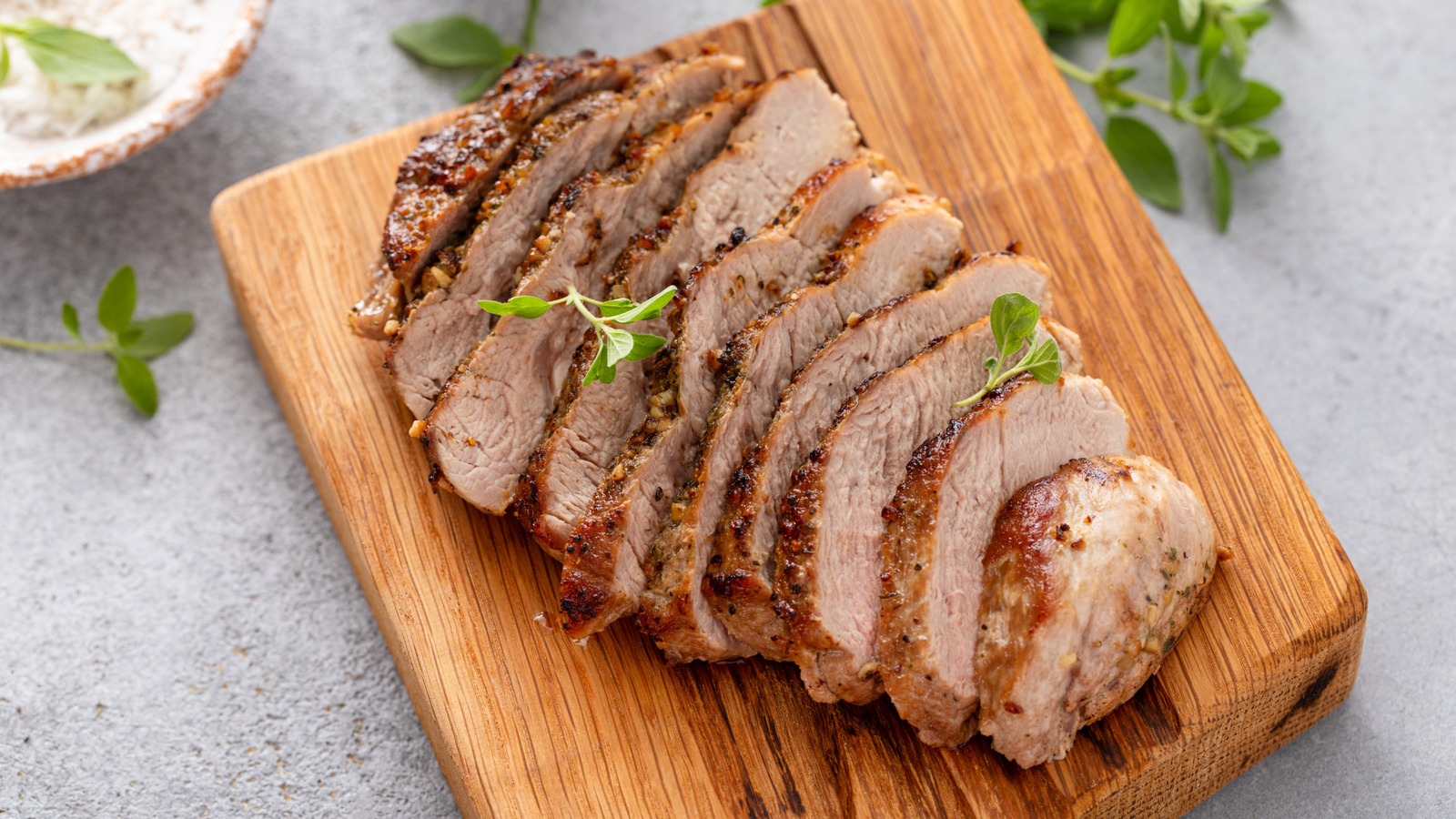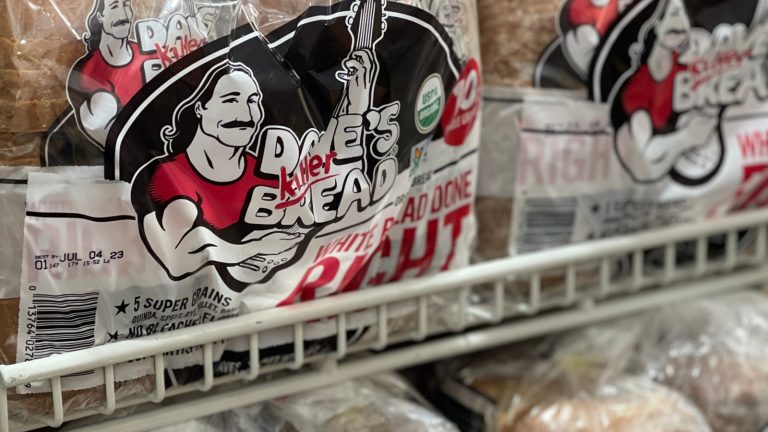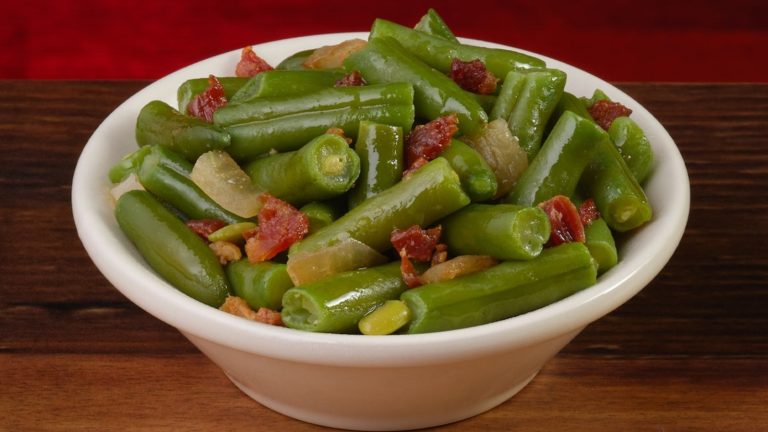In many homes throughout the United States, air fryers have all but replaced more conventional cooking methods like roasting and pan searing. Plenty of people also prefer the air fryer to the microwave, especially when it comes to leftovers. The air fryer’s convection heating system more reliably heats food evenly, often leaving it with a crisp exterior that helps seal in both moisture and flavor. This mechanism is especially advantageous when cooking finicky foods notorious for drying out quickly, such as the divisive pork chop.
Succulent and tender when cooked properly, pork chops quickly take on the texture of shoe leather if not given the proper TLC. Though well done pork chops are generally a thing of the past thanks to modern safety precautions, this particular cut of meat isn’t super moist to begin with. While opting for the air fryer over other cooking methods almost always leads to at least a little more juiciness, it’s still crucial to time things correctly based on the thickness and type of pork chop you’re cooking.
Assuming you’re air-frying pork chops at 400 degrees Fahrenheit, you’ll need about 13 minutes for 1 inch thick chops, adding a minute or two more for bone-in. If your chops are on the thinner side, they’ll only need about 9 to 10 minutes total to cook through, especially if they’re boneless. You can also use an instant read meat thermometer to determine whether your pork chops need more time — internal temperatures of 145 degrees Fahrenheit mean they’re perfectly roasted.
Prepping your pork chops for air fried perfection
While there are lots of things you can do to ensure succulent, delicious air fryer pork chops, such as preheating the air fryer or letting your chops come to room temperature, you’ll find that each of these tips helps shorten your cook time. Tossing cold pork chops into a cold air fryer means it’ll take much longer to reach the USDA-recommended internal temperature of 145 degrees, increasing the risk that your chops will dry out in the time needed to make them safe to eat.
In the same vein, thick, bone-in chops will take the longest to reach safe internal temperatures because the heat has to penetrate not only the meat itself, but also the bone. While the bone purportedly adds lots of flavor and moisture, it’s also denser than the meat, so it takes longer to heat through. Though thicker cuts contain more natural juices simply because they’re larger, they may still become tough without some extra care — a simple marinade with an easy ratio of oil to acid not only adds flavor, but helps tenderize your pork and protect it from getting dry.
Conversely, thin, boneless pork chops will need the least amount of time to roast, as mentioned. The best way to avoid overcooking them is to start with about 6 minutes of total cook time before checking the temperature, and then cooking them for just about 1 to 2 more minutes at a time until they’re fully done.






